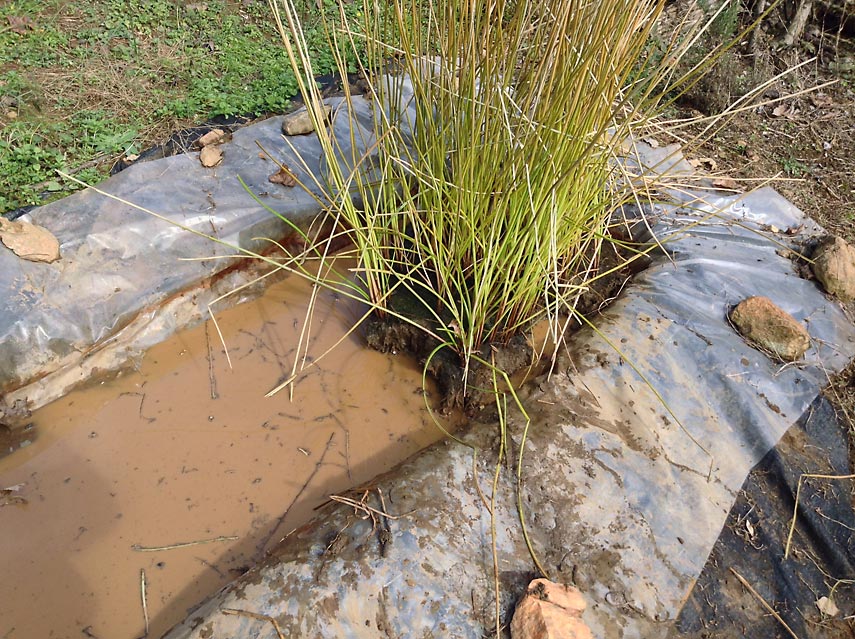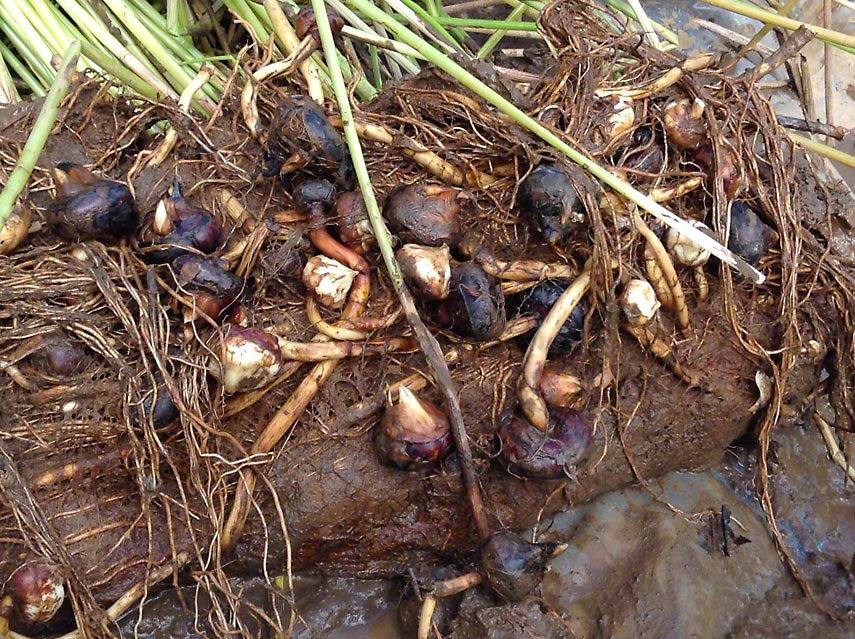Thanks for the concern and suggestions! First, I’m a Biologist by training, and grew up working in a lab where I sterilized all kind of nutrients, grains, etc. for controlled culture. I’ve been canning foods since 1982, without incident and have studied food safety all my life. My pressure cooker is a dial-type and I’ve safely canned chili, beans and many low acid foods.
If I process pint jars at 10 lbs. of steam pressure, for 30-35 minutes, the result will be sterile, no spores, nothing living inside the jars*. However, I don’t know if this is overkill, or if there is a time threshold, e.g.: 30 vs. 35 minutes. I’ll be safe, just rather not turn the product into mush. (*This is the standard treatment for low-acid root crops.)
The citric acid is not for acidifying, per se; it’s to prevent discoloration. To determine final pH of a food product, after the food has equalized to the “brine”, the food must be cooked to rupture (in this case) plant cells and enough time must pass for osmotic movement to equalize. This could take a month or more. (Think pickles having the vinegar fully reach the cuke center and the pickle brine gets weaker.) I’m not interested in acidifying to the level where it’s an acid food, unless I make proper pickles. I have a pH meter, so can always double check food acidity, if needed.
If the flavor of WC can’t be completely preserved by canning, I’d at least like to retain the crunch. Some food products use Calcium Chloride as an additive to retain crunch, but I do not see that listed in canned WC and choose to avoid it. (By the way, Calcium Chloride sprays can cure blossom-end rot on tomatoes.)
I freeze dry food, as well. But, if freezing ruins the texture, I can’t imagine freeze drying being much different. Freezing causes cells to explode as ice expands inside them. Frozen animals’/meat&fish cells are a bit more flexible and porous, so don’t get as soggy after defrosting. There’s an outside chance that raw WC will behave differently, so I’ll try a few. The starches in WC are odd. As Ttrockwood says “Its worth trying…”
I know the WC plants are not adapted to freezes. Dormant corms are stored in my refrigerator for the winter. Freeze-adapted plants usually can move water out of cells, at low temperatures, to keep their cells from freezing as hard and their cells from exploding due to ice. Since WC don’t seem to have this capability, there’s not a lot of hope for the freeze method. Frozen, they may keep 6 months before the flavor goes off. Canned, they should be safe for at least 18 months, provided the vacuum-seal is intact. Looks like a couple trials are in order.



